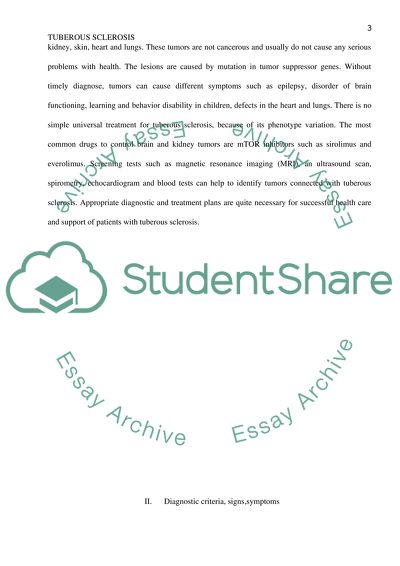Cite this document
(“Tuberous sclerosis Research Paper Example | Topics and Well Written Essays - 2500 words”, n.d.)
Tuberous sclerosis Research Paper Example | Topics and Well Written Essays - 2500 words. Retrieved from https://studentshare.org/health-sciences-medicine/1656897-tuberous-sclerosis
Tuberous sclerosis Research Paper Example | Topics and Well Written Essays - 2500 words. Retrieved from https://studentshare.org/health-sciences-medicine/1656897-tuberous-sclerosis
(Tuberous Sclerosis Research Paper Example | Topics and Well Written Essays - 2500 Words)
Tuberous Sclerosis Research Paper Example | Topics and Well Written Essays - 2500 Words. https://studentshare.org/health-sciences-medicine/1656897-tuberous-sclerosis.
Tuberous Sclerosis Research Paper Example | Topics and Well Written Essays - 2500 Words. https://studentshare.org/health-sciences-medicine/1656897-tuberous-sclerosis.
“Tuberous Sclerosis Research Paper Example | Topics and Well Written Essays - 2500 Words”, n.d. https://studentshare.org/health-sciences-medicine/1656897-tuberous-sclerosis.


